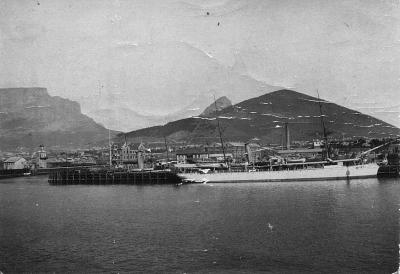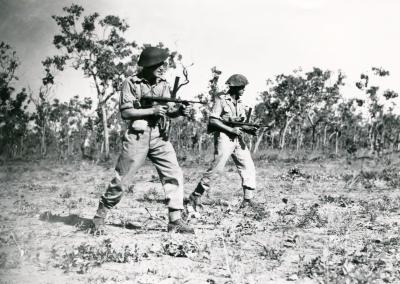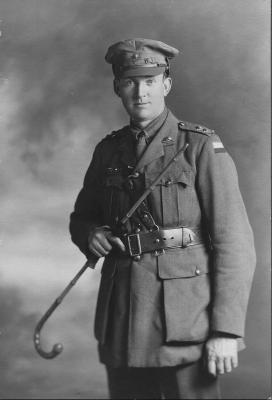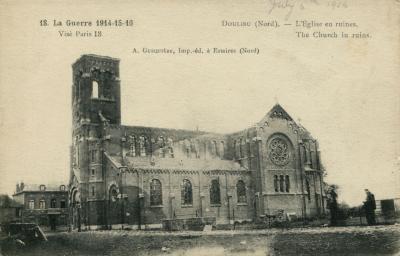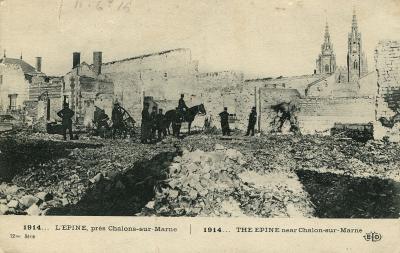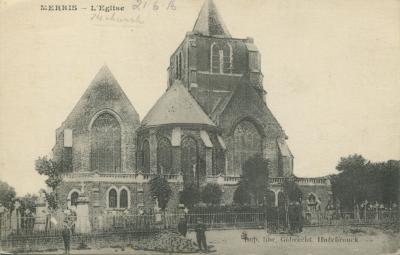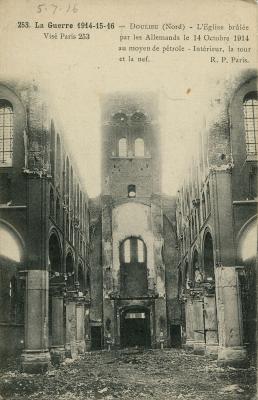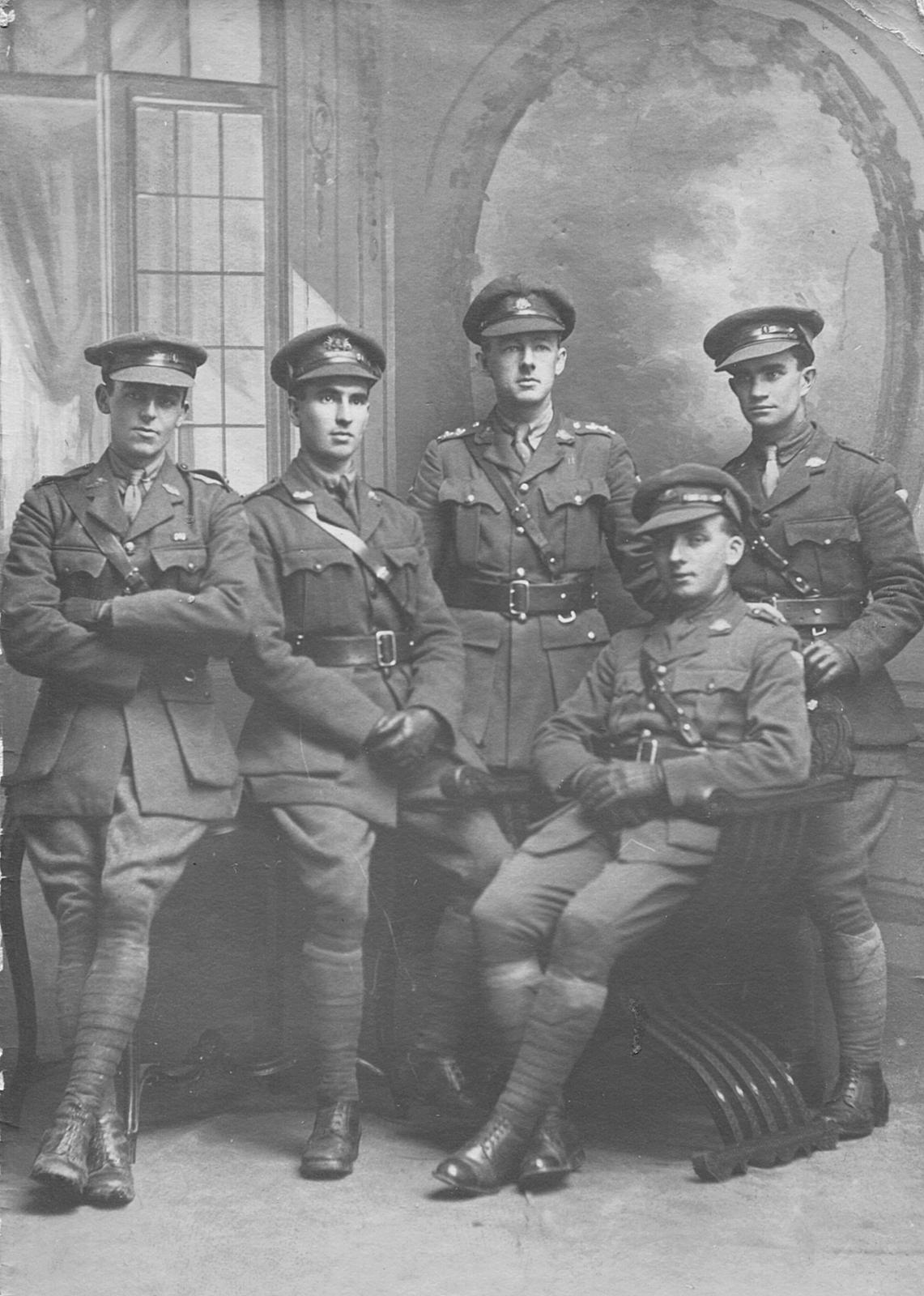France, Amiens, 4052 PRESTON, 28 Battalion, 1917
1917Studio portrait of 28 Battalion officers on leave in Amiens, including Lieutenant Raymond Preston
4052 Raymond Preston of Subiaco enlisted on 28 July 1915 and embarked as part of 10th Reinforcements, 28 Battalion on HMAT A38 Ulysses on 1 April 1916. During service in Egypt and France he was successively promoted to Sergeant and Commissioned as a 2/Lieutenant on 22 November1917. Promoted to Lieutenant on 22 March 1918 he was wounded a second time with a severe gunshot wound in the leg. He returned to Australia on 30 June 1918. Subsequently served in WW2.
https://www.aif.adfa.edu.au/showPerson?pid=245451
https://recordsearch.naa.gov.au/SearchNRetrieve/Interface/ViewImage.aspx?B=6469067
Details
Details
The 28th Battalion was raised at Blackboy Camp in Western Australia on 16 April 1915 from recruits previously earmarked for the 24th Battalion, which was instead being raised in Victoria. The battalion left Australia in June, and, after two months spent training in Egypt, landed at Gallipoli on 10 September. The 28th had a relatively quiet time at Gallipoli and the battalion departed the peninsula in December, having suffered only light casualties.
The 28th Battalion proceeded to the Western Front, as part of the 7th Brigade, 2nd Australian Division. The 28th Battalion took part in its first major battle at Pozieres between 28 July and 6 August 1916. After a spell in a quieter sector of the front in Belgium, the 28th Battalion took part in confused and costly fighting in the Somme Valley in October 1916..
During the major battles of 1917 the 28th found itself at the second battle of Bullecourt, part of the third phase at the battle of Menin Road, and was in reserve during the capture of Broodseinde Ridge. The battalion was also in the battle of Poelcappelle.
In April 1918, the 28th fought to turn back the German spring offensive and, from 8 August participated in the joint British and French offensive that marked the beginning of Germany's defeat. The Battalion was prominent in the fighting to secure crossing points over the Somme River around Peronne, and in the advance beyond Mont St Quentin. The 28th's last actions of the war were fought as part of the effort to break through the Beaurevoir Line in the first week of October 1918. The first members of the battalion began returning to Australia in January, and the 28th was disbanded in March 1919.
The 28th Battalion, formed on 16 April 1915 in Western Australia, was initially composed of recruits designated for the 24th Battalion. Departing Australia in June 1915, the battalion trained in Egypt for two months before landing at Gallipoli on 10 September as part of the 7th Brigade. At Gallipoli, they bolstered the exhausted New Zealand and Australian Division, experiencing a relatively quiet deployment before withdrawing in December with minimal casualties.
Following Gallipoli, the battalion returned to Egypt before moving to the Western Front in France as part of the 2nd Australian Division. Their first major engagement was at Pozieres, from late July to early August 1916. After a quieter period in Belgium, the battalion faced tough fighting near Flers, in the Somme Valley, in October. Throughout 1917, the 28th Battalion primarily served in supporting roles but participated actively in the second battle of Bullecourt, and notably, captured its objectives within seven minutes during the third phase of the battle of Menin Road. They were also engaged in the muddy battle of Poelcappelle.
In 1918, the 28th played a key role in countering the German spring offensive and later joined the Allied counteroffensive starting on 8 August, which led to the German retreat. They were instrumental in securing crossings over the Somme River and advancing beyond Mont St Quentin. The battalion's final actions involved breaking through the Beaurevoir Line in early October. The unit began demobilizing in January 1919, and was formally disbanded in March 1919.
Australian Army Museum of Western Australia
Australian Army Museum of Western Australia
Other items from Australian Army Museum of Western Australia
- World War 1, Africa South Africa Cape town, 1916
- World War 1, Europe Belgium, 1918
- World War 1, Europe Belgium, 1919
- World War 1, Europe Belgium Dinant, 1919
- World War 2, Australia Northern Territory, 11 Battalion, 1944
- World War 1, Europe, SMITH, 1917
- World War 1, Europe France Doulieu, 1918
- World War 1, Europe France Chalon-sur-Marne, 1914
- World War 1, Europe France Marseille, 1916
- World War 1, Europe France Albert, TOULOUSE, 1916
- World War 1, Europe France Merris, 1914
- World War 1, Europe France Doulieu, 1914
